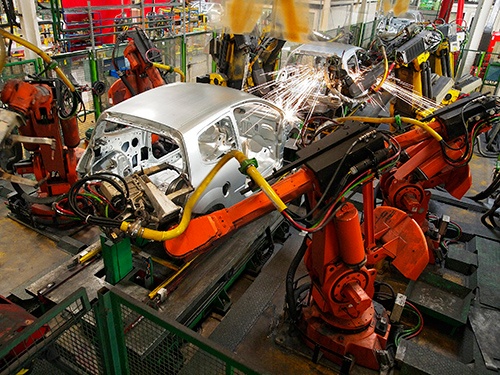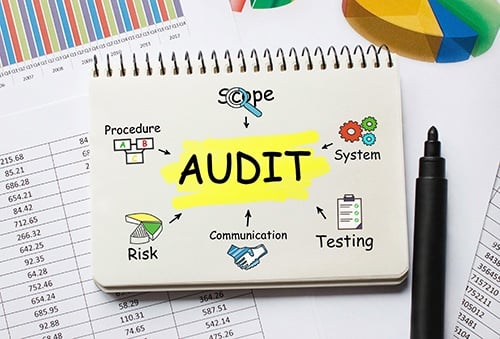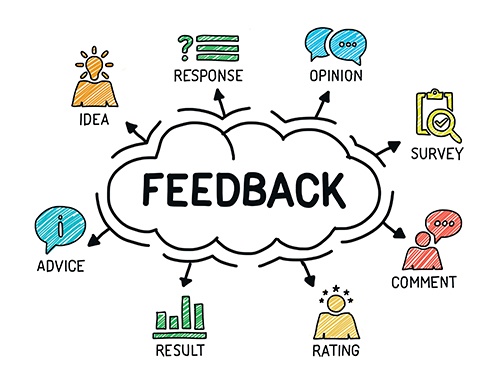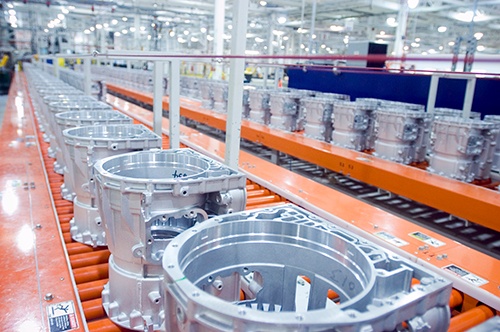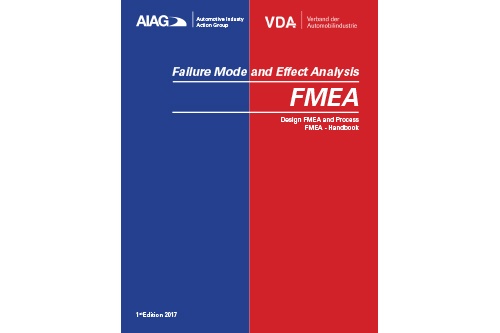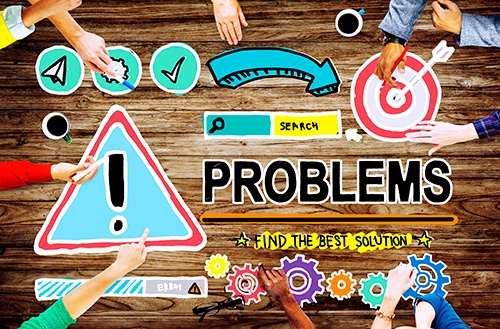Planning to take the Core Tools Self-Assessment? AIAG's free Core Tools Key Terms will help fill your Core Tools knowledge gaps.
The Core Tools Self-Assessment was created by AIAG to better prepare automakers and suppliers to use the Core Tools processes (i.e. SPC, FMEA, MSA, APQP/PPAP). Understanding these processes is becoming a requirement for the industry and AIAG wants to make sure that you are prepared.
Read More
